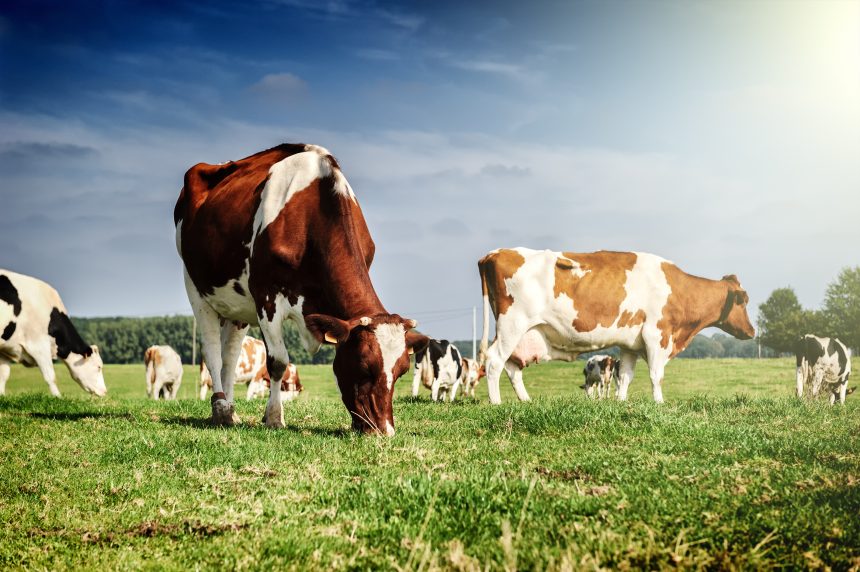In an unparalleled breakthrough poised to transform the diabetes care landscape, researchers have pioneered the creation of a genetically modified cow, a feat that turns the animal into a producer of human insulin within its milk. This innovation is not just a step but a giant leap in biotechnology and genetic engineering, potentially democratizing access to insulin and making strides toward affordability.
Towards a Future of Accessible Insulin Solutions
Diabetes stands as a formidable challenge globally, with a significant toll on individuals unable to naturally regulate glucose levels. Particularly for Type 1 diabetes patients, insulin is not just a treatment but a lifeline. Yet, the exorbitant costs and hurdles in accessibility render it a distant dream for many, especially in regions where resources are scarce.
Engineered with precision, the genetically altered bovine becomes a biofactory for human insulin, harbored within its milk. This version of insulin is a mirror image of that produced by humans, possibly offering a safer and more efficacious alternative to traditionally sourced insulin.
Unpacking the Scientific Genius
The technique is grounded in the insertion of the human insulin gene directly into the cow’s genome, with a laser focus on the mammary gland cells, the epicenter of milk production. Harnessing the prowess of CRISPR-Cas9 and similar genetic editing tools, this process ensures the cow’s ability to synthesize milk that is also a vessel for human insulin, ready for purification and medical use.
This strategy reimagines the fabric of biopharmaceutical manufacturing, tapping into the innate biological machinery of animals to yield complex proteins akin to human ones. It presents a scalable, cost-effective alternative for producing indispensable medications such as insulin.
Navigating Ethical Waters and Regulatory Tides
The advent of insulin-producing cows brings to the forefront a spectrum of ethical and regulatory dilemmas, from the welfare of genetically modified animals to the environmental repercussions of GMOs, and the implications of consuming derivatives of such organisms.
Global regulatory entities are currently dissecting these advancements with a fine-tooth comb, committed to upholding stringent safety protocols. The dialogue around these developments remains multifaceted, inviting input from the general populace, the scientific community, and policymakers alike.
Forging Ahead: Potential and Hurdles
This scientific milestone heralds promising prospects for diabetes management, yet it is accompanied by a suite of challenges. Ensuring the milk-derived insulin’s purity and efficacy is paramount, necessitating sophisticated extraction processes. Moreover, the long-term implications for the health of the modified cows and the broader ecological impacts warrant exhaustive exploration.
Despite the obstacles, the vision of revolutionizing insulin accessibility remains a potent catalyst for ongoing research and innovation in this domain. The horizon gleams with the potential of extending this genetic modification approach to other pharmaceutical realms, crafting a new era of medical treatments.
Epilogue: The Dawn of a New Era in Diabetes Care
The inception of a cow capable of producing human insulin signifies a monumental stride in the realms of genetic engineering and biotech, promising a sustainable, cost-effective paradigm for insulin production. As the scientific, ethical, and practical facets of this technology are navigated, the prospect of enhancing the lives of millions afflicted with diabetes shines brightly, embodying the transformative power of human ingenuity in the face of healthcare challenges.








